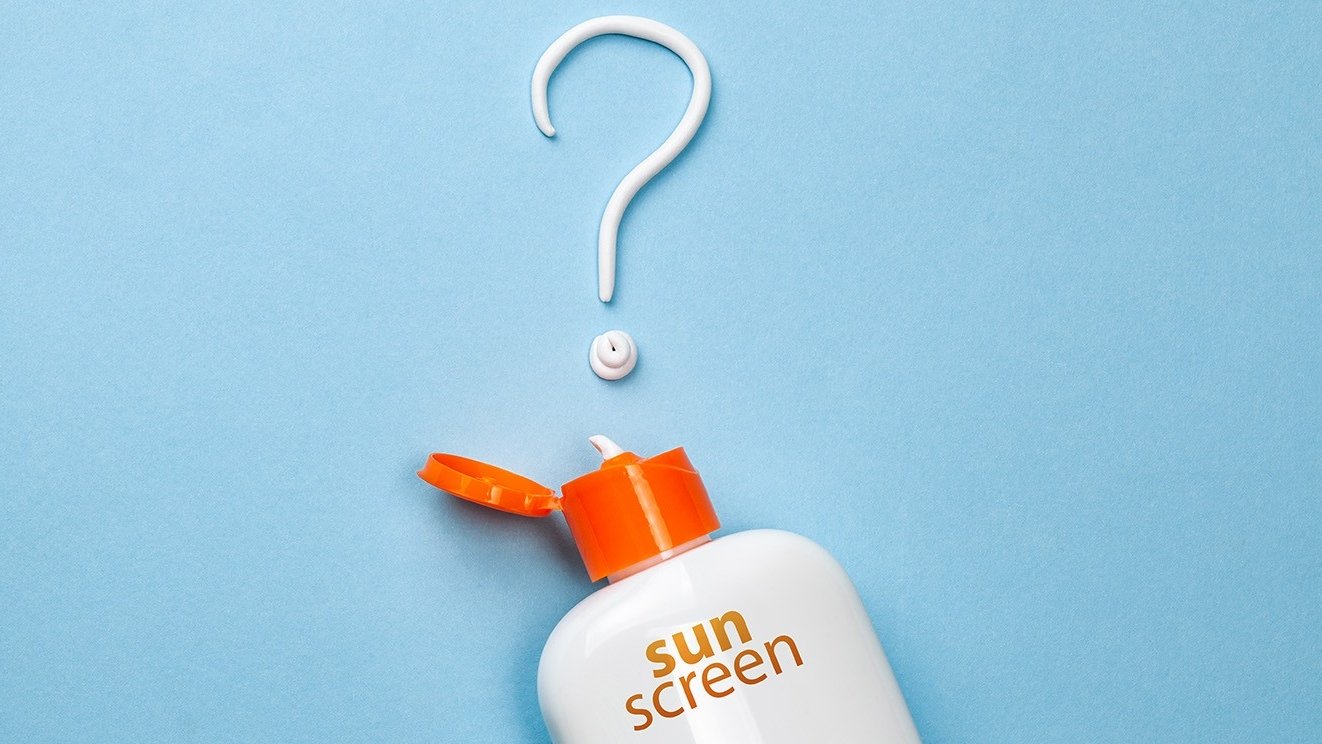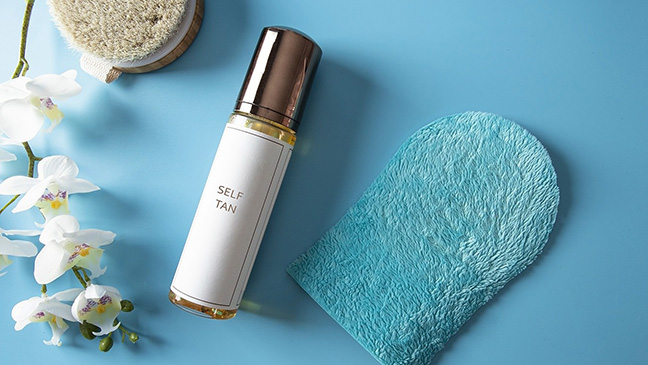- Diseases
- Acoustic Neuroma (14)
- Adrenal Gland Tumor (24)
- Anal Cancer (68)
- Anemia (2)
- Appendix Cancer (16)
- Bile Duct Cancer (26)
- Bladder Cancer (72)
- Brain Metastases (28)
- Brain Tumor (232)
- Breast Cancer (714)
- Breast Implant-Associated Anaplastic Large Cell Lymphoma (2)
- Cancer of Unknown Primary (4)
- Carcinoid Tumor (8)
- Cervical Cancer (158)
- Colon Cancer (166)
- Colorectal Cancer (118)
- Endocrine Tumor (4)
- Esophageal Cancer (44)
- Eye Cancer (36)
- Fallopian Tube Cancer (8)
- Germ Cell Tumor (4)
- Gestational Trophoblastic Disease (2)
- Head and Neck Cancer (12)
- Kidney Cancer (128)
- Leukemia (342)
- Liver Cancer (50)
- Lung Cancer (286)
- Lymphoma (278)
- Mesothelioma (14)
- Metastasis (30)
- Multiple Myeloma (100)
- Myelodysplastic Syndrome (60)
- Myeloproliferative Neoplasm (6)
- Neuroendocrine Tumors (16)
- Oral Cancer (100)
- Ovarian Cancer (172)
- Pancreatic Cancer (160)
- Parathyroid Disease (2)
- Penile Cancer (14)
- Pituitary Tumor (6)
- Prostate Cancer (146)
- Rectal Cancer (58)
- Renal Medullary Carcinoma (6)
- Salivary Gland Cancer (14)
- Sarcoma (238)
- Skin Cancer (296)
- Skull Base Tumors (56)
- Spinal Tumor (12)
- Stomach Cancer (64)
- Testicular Cancer (28)
- Throat Cancer (92)
- Thymoma (6)
- Thyroid Cancer (98)
- Tonsil Cancer (30)
- Uterine Cancer (80)
- Vaginal Cancer (16)
- Vulvar Cancer (20)
- Cancer Topic
- Adolescent and Young Adult Cancer Issues (20)
- Advance Care Planning (10)
- Biostatistics (2)
- Blood Donation (18)
- Bone Health (8)
- COVID-19 (362)
- Cancer Recurrence (120)
- Childhood Cancer Issues (120)
- Clinical Trials (632)
- Complementary Integrative Medicine (22)
- Cytogenetics (2)
- DNA Methylation (4)
- Diagnosis (232)
- Epigenetics (6)
- Fertility (62)
- Follow-up Guidelines (2)
- Health Disparities (14)
- Hereditary Cancer Syndromes (126)
- Immunology (18)
- Li-Fraumeni Syndrome (8)
- Mental Health (116)
- Molecular Diagnostics (8)
- Pain Management (62)
- Palliative Care (8)
- Pathology (10)
- Physical Therapy (18)
- Pregnancy (18)
- Prevention (918)
- Research (392)
- Second Opinion (74)
- Sexuality (16)
- Side Effects (604)
- Sleep Disorders (10)
- Stem Cell Transplantation Cellular Therapy (216)
- Support (402)
- Survivorship (322)
- Symptoms (182)
- Treatment (1786)
5 things to know about sunscreen, benzene and other chemicals
3 minute read | Published June 10, 2021
Medically Reviewed | Last reviewed by an MD Anderson Cancer Center medical professional on June 10, 2021
If you’ve seen reports about the carcinogen benzene being found in sunscreen, you may be wondering what it means for your sun-safety routine.
Benzene should never be in sunscreen, and our expert says manufacturing problems may explain why it was found in batches of certain sunscreen brands.
“It’s always confusing and unnerving when a report on potential safety concerns about everyday products come out,” says Saira George, M.D., a dermatologist at MD Anderson in Sugar Land. “But we must be careful not to throw the baby out with the bathwater. It’s important to look past any headline for the facts and keep the big picture in mind. Sunscreen is an important tool to protect you from skin cancer.”
Here are five things George wants you to know to help you continue to stay safe in the sun.
Pay attention to sunscreen ingredients, but keep a balanced approach
George says it’s good to pay attention when new information comes out about different skin care products, especially those we use regularly.
“I think it’s always smart to think about the products you use every day and to ask yourself ‘Is this product safe or even necessary?’” George says. “It’s reassuring that there are scientific and consumer groups that recheck the safety and effectiveness of products, and this report does raise concerns about a contaminant found in some sunscreens. But it doesn’t say sunscreens are dangerous and should never be worn.”
Remember, UV radiation is a known carcinogen
It’s fair to be concerned about how sunscreen might affect you, but there is currently very little evidence that suggests sunscreens are dangerous. On the other hand, there is overwhelming evidence about the dangers of UV radiation.
“Excessive UV radiation is a known carcinogen,” says George. “Getting too much sun, like smoking cigarettes, is something that is very well-proven to be harmful and cause skin cancer. But it’s also something we can protect ourselves from.”
Use non-chemical sun protection as much as possible
Sunscreen should be only one part of your sun protection routine. Natural ways to stay safe in the sun should be your priority.
“Sunscreen should be what you put on after you’ve done everything else to protect your skin,” George says. “The most important sun protection steps are covering up, wearing a hat, and limiting your sun exposure, especially during peak hours. These are also some of the safest, easiest, and most effective ways to protect yourself.”
Keep your sunscreen simple
No sunscreen should have benzene in it, but sunscreens contain other chemicals. These have been widely tested and are safe.
If you are worried, keep your sunscreen choice simple and go with a mineral sunscreen that contains zinc oxide or titanium dioxide and is at least SPF 30. “Mineral sunscreens aren’t absorbed by the skin. They are often also simpler products with fewer ingredients,” says George.
Use resources to help you
There are lots of resources available to help you choose sunscreen products. You can check the the Food and Drug Administration website. And don’t forget to ask your dermatologist for recommendations.
“If you think all sunscreens are bad, then you’re missing the point,” George says. “There are clearly lots of sunscreens that are safe that can help protect you from the known dangers of UV radiation. The key is knowing how to use sunscreen correctly and how to weigh the risks and benefits of sun exposure and sunscreen.”
Request an appointment at MD Anderson online or by calling 1-877-632-6789.

Don’t throw the baby out with the bathwater.
Saira George, M.D.
Physician





